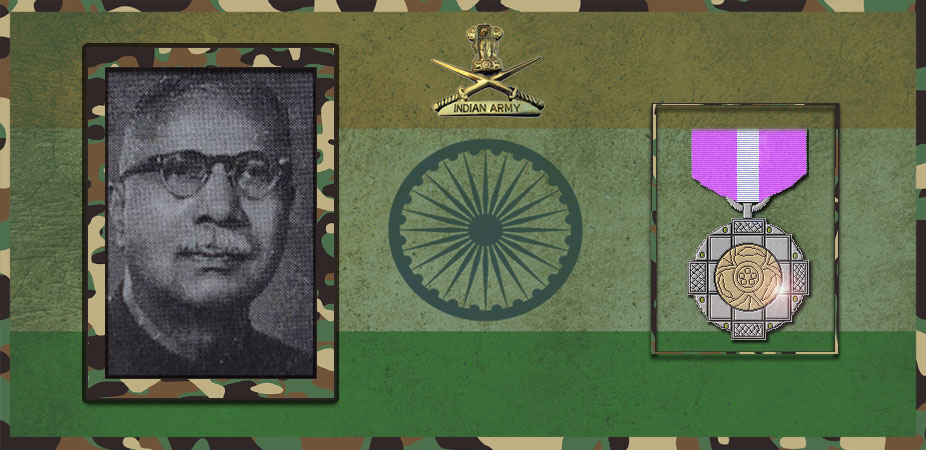Let's salute to our Indian Army together, We are proud to be Indian.
Let's salute to our Indian Army together, We are proud to be Indian.

Dr. Vasudev Vishnu Mirashi (Marathi: वासुदेव विष्णु मिराशी) (1893–1985) was a Sanskrit scholar and a prominent Indologist of the 20th century who hailed from Maharashtra, India. He was an expert of his times on stone and copper inscription and coinage of ancient India. For his vital contribution to Indian history he was honored with the title Mahamahopadhyaya (महामहोपाध्याय) by the British Indian Government in 1941. He was also awarded Padma Bhushan in 1975 by the President of India.
Mirashi was born in a middle class Karhade Brahmin family on 13 March 1893 at village Kuwale in Deogad taluk of Ratnagiri district. After completing his primary and secondary school education at Kolhapur he shifted to Pune. He obtained his bachelor’s degree in 1914 and did his Master’s in 1917 in Sanskrit subject in Deccan College (Pune).
After a brilliant academic career, he shifted to Mumbai and worked as Sanskrit professor in Elphinstone College. Subsequently in 1919, he was appointed to the Sanskrit chair at Morris College in Nagpur. He was appointed principal of the same college in 1942. During 1947-1950, he served as the principal of Vidarbha Mahavidyalaya in Amraoti.
In the 1957-1966 period, Mirashi worked as the Honorary Professor of Ancient Indian History and Culture, and Head of the Department of Post-Graduate Teaching in Humanities at Nagpur University.
Mirashi wrote thirty research works in English, Marathi, and Hindi, and more than 275 papers in various Indological journals.
His Inscriptions of the Kalchuri-Chedi Era (1955), Inscriptions of the Vakatakas (1963), and Inscriptions of the Silaharas (1977) were published in the renowned Corpus Inscriptionum Indicarum Series of the Archaeological Survey of India. He also worked on the stone inscriptions of Satvahanas and Kshatrapas.
Mirashi’s other important works comprise four volumes of Literary & Historical Studies in Indology, Kalidasa, and Bhavabhuti.
Mirashi received a large number of honors for his research work.
In 1941, the then Viceroy of India, Linlithgow, honored Mirashi with the Mahamahopadhyaya title. In 1966, the then President of India S. Radhakrishnan awarded him a Certificate of Honor for proficiency in Sanskrit learning. In 1970, Mirashi got nominated as the Honorary Correspondent of the Archaeological Department of the Government of India.
Universities of Saugar and Nagpur conferred D. Litt., honoris causa, on him in 1958 and 1960 respectively. He was elected General President of the Numismatic Society of India (1951), the All India Oriental Conference (1959), and the Indian History Congress (1961). The Numismatic Society of India elected him its Honorary Fellow in 1959, and the Epigraphical Society of India did the same in 1974.
The Sahitya Akademi of India elected Mirashi one of its fellows in 1973. The President of India conferred on him Padma Bhushan title in 1975.
Mirashi died on 3 April 1985.